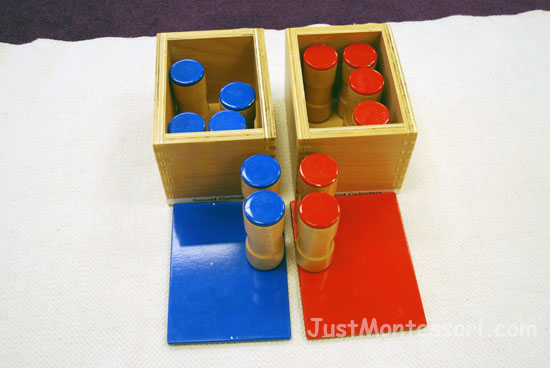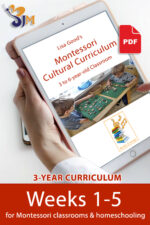Book choices for today:
The Sense of Hearing Mari Schuh
Hearing Sue Hurwitz
Hand Talk School Mary Beth
Let’s talk about Deafness Melanie Gordon
About Marsupials Cathryn Sill
Marsupials Kay de Silva
What is a Marsupial? Bobbie Kalman
Science: (first circle)
Need for lesson – Ear poster or model, Sound Cylinders, sign language books, poster of the alphabet in sign language, other sign language materials such as vocabulary cards, and things that make noises such as instruments, can of rice, snapping, etc.

Tip: You can make sound cylinders by putting objects such as marbles, beans, and beads into jars or cans. After they are sealed children can listen to the different sounds. Make two sets and the children can match the sounds. Measure out the same amount of the item in each jar. Be sure to color code the bottoms to check if properly matched.
Science 8
We hear sounds all the time. They tell us about the world around us. Sounds are vibrations in the air. We can only see part of our ear. The rest of our ear is inside of our head. Sound waves come into our ear and make the eardrum move, or vibrate. Then the messages about sounds are sent to our brain to tell us what we are hearing. I am going to make some sounds from behind this felt board. Try to guess what sound waves are traveling through the air and going into your own ear down to your eardrum.
Some people cannot hear sounds the way most of hear them. They are deaf. Because their ears never heard speech or someone talking it is hard for them to say words like you do. One way deaf people communicate is with Sign Language. It is a special way to talk to others using your hands. Different shapes of your hand mean certain letters, numbers, or words. Let’s learn some letters and words together (choose which ones you are comfortable with to show the children).




Art:
Hand Prints – Have papers with the title, “My Hands Can Talk!” Children paint their hands and make a print of them under the title of their art page.


Game:
Sound Bingo – The board game ‘Sound Bingo’ (chroniclebooks.com), can be played with a large or small group of children. If you do this a large group activity pair up children to share the bingo cards and markers.

Zoology: (second circle)
Need for lesson – The book, About Marsupials – A Guide for Children and a marsupial animals work.
Zoology 5
Boys and girls, a newborn kangaroo is smaller than your thumb! Look at your thumbs. Can you imagine a tiny tiny kangaroo that size? Newborn Koalas are even smaller! Opossum babies are smaller than a bee. These animals spend the first months after they are born in their mother’s pouches. The mothers have a little pocket on their tummy. The babies just stay inside the pouch drinking their mothers milk and grow. they come out of the pouch a little at a time as they get bigger. If they do come out of the pouch, these babies will stay close to their mothers. Remember that mammal babies need to be taken care of by their mothers, so after they are born, so they stay close by their mothers until they are big enough to go on their own. These mammals like the kangaroo, koala, and opossum are called Marsupials.

Additional Work:
Parts of a Kangaroo

Song (CD) choices for today:
Five Senses Frank Leto
Five Senses Dr. Jean
Buy Weeks 1-5 PDF
-
 (B) Weeks 1-5$25.00
(B) Weeks 1-5$25.00


